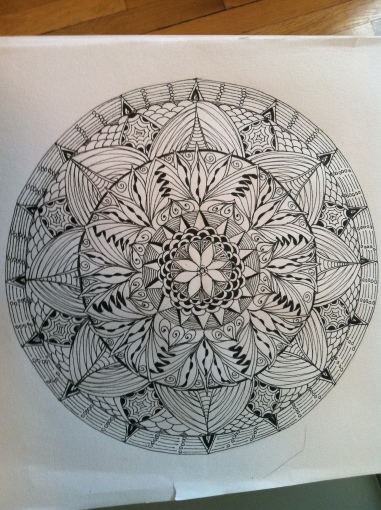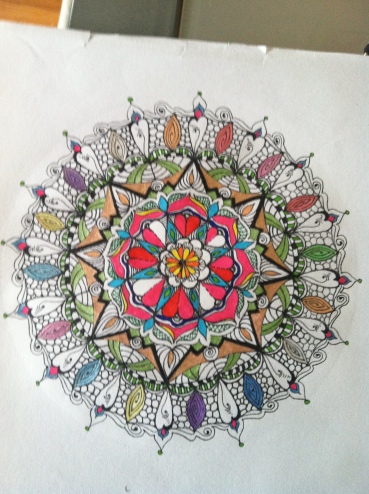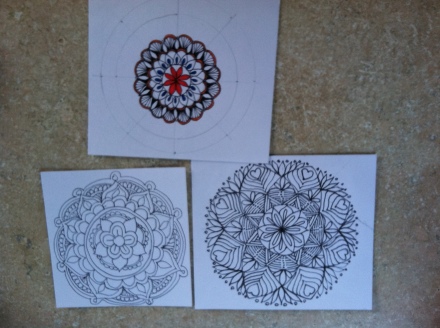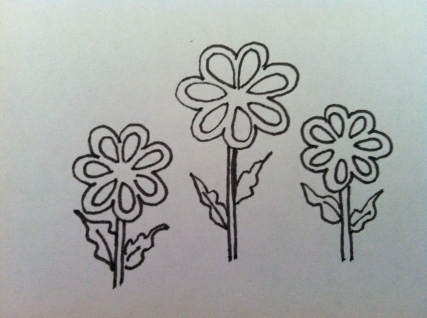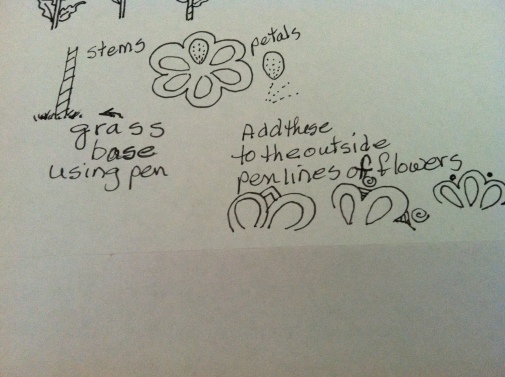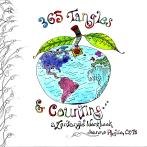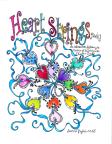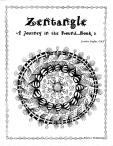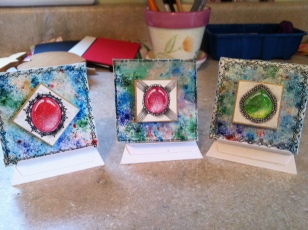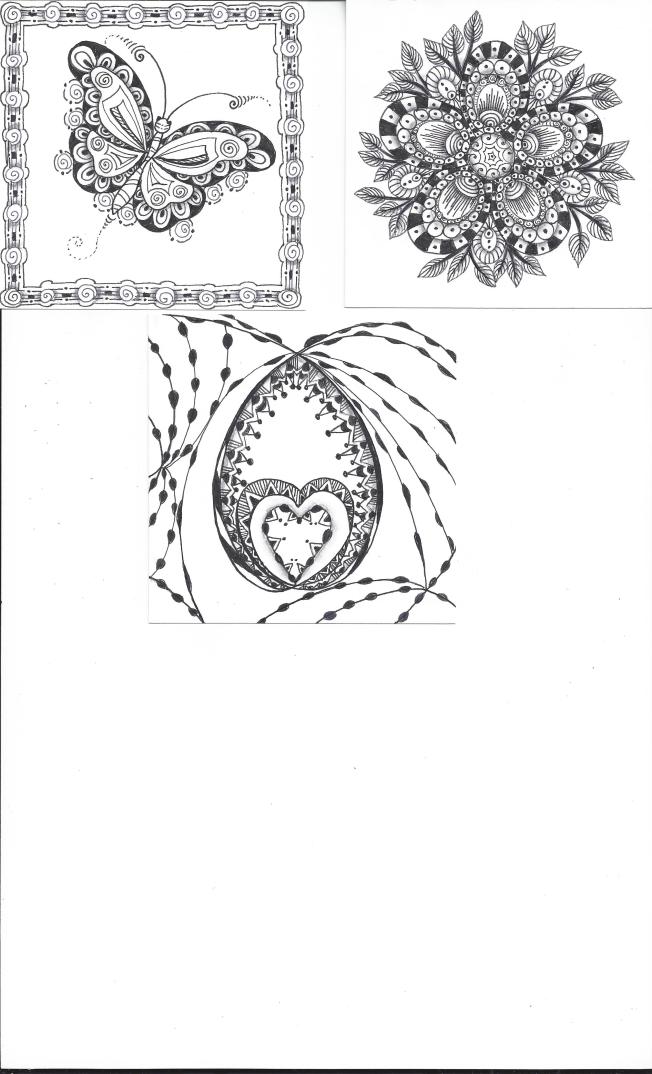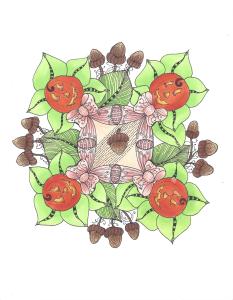Thinking over what I’ve already covered, and considering other avenues available, I realize I can’t possibly cover everything, but hope I’ve given you food for thought.
Another way to create a platform and brand for your creative products is to submit article ideas to magazines, both online and in paper format. I’ve been published in a variety magazines for many years and while you won’t get rich, you will make money. The most important part of this will be creating an identifiable brand for you and your name. I continually work to come up with ideas that are different than what’s offered to the public these days. I also consider whether those ideas will hold appeal for an art director/editor/publisher’s interest to be piqued enough to offer me an opportunity to be published in their magazine. By following submission guidelines offered by the magazine, I send project photos and information off by email or postal mail. Whichever way that is accepted. These days, email is more often used than postal mail. After that is done, I move on to the next project while I wait to hear from the publisher.
Waiting! The wait can seem long and drawn out, but think about this: I’m not the only artist to submit and the line can be long. I’ve waited over three months in some cases, given up in others after not hearing for six months. Let me say that not having heard from the publisher by the six month period, like as not, my project has been rejected. Often times these people are overwhelmed with work and don’t bother letting you know that you weren’t accepted. Rude? Very. Can you do anything about it? Unlikely, so move on and submit the project to another company. I often feel like the powers that be don’t consider our work matters and would like to have a yes or no. I used to be upset over getting a “no thanks”, but figured it was at least an answer, right? I’m not easily discouraged like I was in the beginning of these ventures. I’m more tenacious and less inclined to feel defeated. Since I do have a brand, it’s easier for me to get published. (Though the answer from publishers isn’t always “YES”)
A book deal is another way to get your name out there, but know this, it’s more work than you can imagine, a fantastic experience, and poorly paid unless you sell a ton of books. The upside of a book deal is the experience you get from having done a book with a publisher and the fact that these companies have a long reach, more so than just putting your book out on Amazon. The other plus is that it assists you in developing your brand.Publishers have a budget they use to promote their authors/artisans, they can put your physical books into places like Barnes & Noble, Michael’s Craft Store, Hobby Lobby, etc. It’s nearly impossible to achieve that on your own, because shelf space in these places is difficult to acquire.
Brands: When I think of a brand, Lynne Andrews work pops into my head. Her brand is easy to identify, well-known around the world, and has a warm fuzzy feeling to it. Her artwork is one of my favorites, and yes, I enjoy painting with her when times permits. Once you’ve seen her work, you’d know it anywhere. That’s a brand. Carol Spohn is another artist that I’ve added to my faves list. Her work has a unique, different look and feel to it, and is identifiable. That’s her brand. When you see her work, you know who the artist is. It’s important to have a brand, a type of work you are identified by and with.
I’ve hit on a few of the possibilities in the branding of your work, publishing in magazines and books, and hope that I’ve given you a place to start looking for another avenue to get your specialty out to the public and make a living from it at the same time. If you are interested in more information or have questions, email me at JMPag9@aol.com
This is the final article in this series, but don’t let it be the end of places you can find that will work for you by simply searching the web. There is much more to being creative and earning a living from it than I could ever cover, so take heart, just keep going, step outside your comfort zone, especially if what you’re presently doing hasn’t resulted in achieving your goals.
P.S. I pitched my “Tiny Art – Big Ideas” to an editor friend of mine in order to pick her brain for a direction to take. Some of her thoughts were: Tape YouTube videos; make kits for the projects and sell them on my blog or website; submit my work to a book and magazine publishers; create a pitch for a TV series; that’s just to mention a few of her wondrous ideas.
Good luck!

